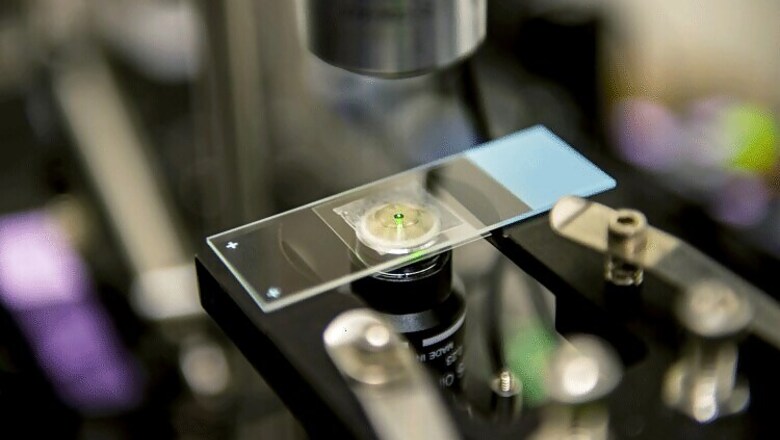
views
Washington: In a first, researchers from the University of Washington have refrigerated water and other liquids with laser under real-world conditions.
Since the first laser was invented in 1960, those concentrated beams of light have never been able to cool liquids.
The team used an infrared laser to cool water by about 2.2 degree Celsius -- a major breakthrough in the field.
Typically, when you go to the movies and see “Star Wars” laser blasters, they heat things up.
“This is the first example of a laser beam that will refrigerate liquids like water under everyday conditions," said senior study author Peter Pauzauskie, assistant professor of materials science and engineering.
It was really an open question as to whether this could be done because normally water warms when illuminated.
The discovery could help industrial users "point cool" tiny areas with a focused point of light.
Microprocessors, for instance, might someday use a laser beam to cool specific components in computer chips to prevent overheating and enable more efficient information processing.
Scientists could also use a laser beam to precisely cool a portion of a cell as it divides or repairs itself, essentially slowing these rapid processes down and giving researchers the opportunity to see how they work.
“Using laser cooling, it may be possible to prepare slow-motion movies of life in action. And the advantage is that you don't have to cool the entire cell, which could kill it or change its behaviour,” explained Pauzauskie.
So far, the team has only demonstrated the cooling effect with a single nanocrystal, as exciting multiple crystals would require more laser power.
The laser refrigeration process is currently quite energy intensive, Pauzauskie said, adding that and future steps include looking for ways to improve its efficiency.
The study is forthcoming in the journal Proceedings of the National Academy of Sciences.




















Comments
0 comment